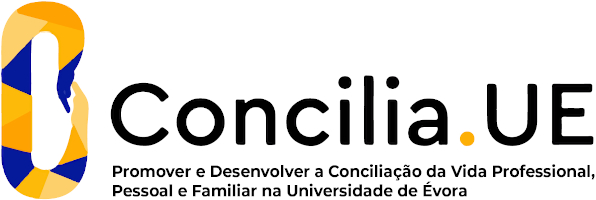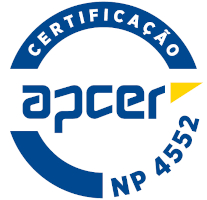2024
Laboratory Techniques II
Name: Laboratory Techniques II
Code: QUI13559L
3 ECTS
Duration: 15 weeks/78 hours
Scientific Area:
Chemistry
Teaching languages: Portuguese
Languages of tutoring support: Portuguese, English
Regime de Frequência: Presencial
Sustainable Development Goals
Learning Goals
The course global objective is to provide the students with several laboratory methodologies and instrumental techniques that will allow an adequate performance at the laboratory in future courses. The course intends to supply the students with the basic skills and competences needed for the laboratorial work, namely handling glassware, using different types of reagents and be familiar with current equipment and to establish the safe and unsafe conditions and practices at the lab. The students must use the skills and competences in real situations. By the end of the course, the students should be able to plan and execute the experimental work needed to solve some scientific questions. The unit intends to develop scientific and technical competences in the students. Moreover, the student should improve is personal organization, interpersonal relationship and written and verbal communication skills.
Contents
Fundamentals of spectrometric methods. Molecular spectroscopy: an introduction to ultraviolet/visible molecular absorption spectrometry and molecular luminescence spectrometry. Applications. Equipment. Atomic spectroscopy. An introduction to optical atomic spectrometry, atomic absorption spectrometry and atomic emission spectrometry. Applications and equipment.
Electrochemical methods of analysis: fundamentals and applications. Instrumentation and types of electrodes used in conductometric and potentiometric methods: conductivity, reference and indicator electrodes. Conductometry and conductometric titrations. Potentiometric methods (selective electrodes and measurements, in particular, pH electrode and other ion (e.g., ammonium ion) selective electrode and respective measurements). Calibration methods for quantitative analysis.
Electrochemical methods of analysis: fundamentals and applications. Instrumentation and types of electrodes used in conductometric and potentiometric methods: conductivity, reference and indicator electrodes. Conductometry and conductometric titrations. Potentiometric methods (selective electrodes and measurements, in particular, pH electrode and other ion (e.g., ammonium ion) selective electrode and respective measurements). Calibration methods for quantitative analysis.
Teaching Methods
Practical and theoretical-practical base. At classroom students will be supplied with concepts to be worked. Students should then be able to use the same concepts in preparing and execute the experimental work at the lab. The results are then analysed and interpreted. To help the student to be more self-confidant on the analysis, results from other experiments where the same techniques where used to solve the problem, are also worked.
Final Grade = (10A + 40B + 50C) / 100
A - Homework done by the student to prepare the laboratorial work. Performance at the lab
B - Evaluation of the lab component (>9.5/20)
C - Evaluation of the theoretical-practical component (>9.5/20)
Students can choose between continuous assessment or final examination system. The first system includes at least 2 tests, being the last one in the final examination period. B & C are evaluated by test or final exam, depending on the system chosen by the student, and A is always considered for the final mark.
Final Grade = (10A + 40B + 50C) / 100
A - Homework done by the student to prepare the laboratorial work. Performance at the lab
B - Evaluation of the lab component (>9.5/20)
C - Evaluation of the theoretical-practical component (>9.5/20)
Students can choose between continuous assessment or final examination system. The first system includes at least 2 tests, being the last one in the final examination period. B & C are evaluated by test or final exam, depending on the system chosen by the student, and A is always considered for the final mark.





















